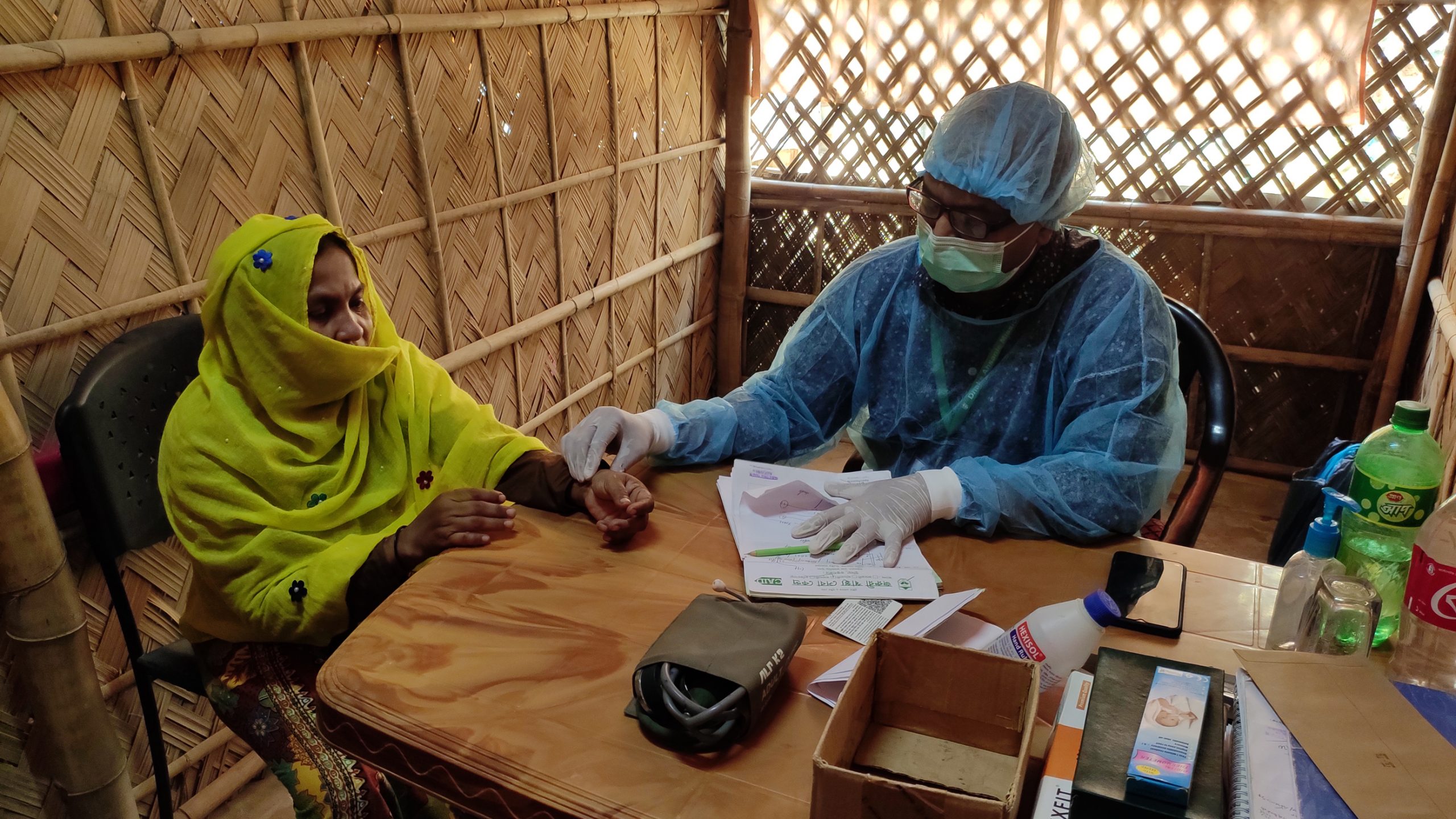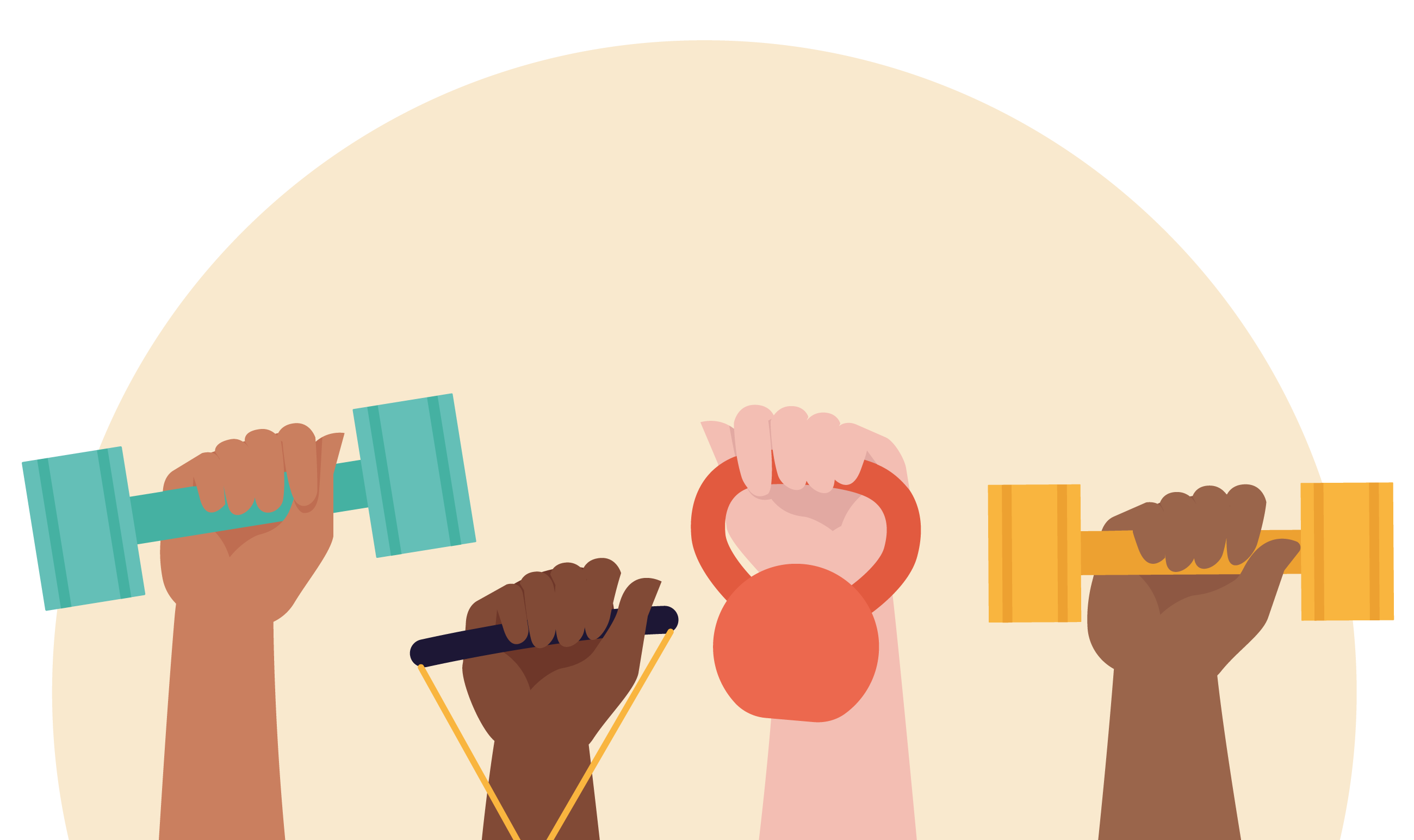Dr Marianna Leite works on the development of holistic approaches to gender and intersecting inequalities that ensure equality of outcomes and rights for all. She is a specialist on gender and development and an international human rights lawyer. In this blog for Human Rights Day she explores how human rights link with gender and COVID-19.
Most people I work with know that Human Rights Day is one of my favourite days of the year. This might sound daft. How could it compete with Christmas or even Easter? Well, in my opinion, this is the day when we celebrate what brings us together, our shared humanity and our unwavering commitment to justice. So yes, please do save on the presents and the chocolate treats. I’d rather have rights for all.
This year Human Rights Day is celebrated under the sombre cloud of the COVID-19 pandemic, and its unequal effects. Today, we are reminded that the path towards full equality is far from being completed but that human rights can fix it. We need bolder commitments and actions guaranteeing the fulfilment of human rights for everyone, regardless of who they are, where they were born or what their status is.
The human right to the highest attainable standard of health
The 1946 WHO Constitution affirms that every human being is entitled to the highest attainable standard of health. The 1978 Alma-Ata Declaration states that health is ‘a state of complete physical, mental and social wellbeing, and not merely the absence of disease or infirmity’.
Realising the human right to the highest attainable standard of health requires a holistic approach – ranging from public health system strengthening to investment on the social determinants of health. That is, if we are truly serious about averting another global pandemic, we must tackle both the medical and non-medical factors that influence health outcomes.
The social determinants of health are particularly important because they enable us to view health systems and areas such as nutrition, education and sanitation through an intersectional gender lens. Social determinants are related to the structural factors of ill-health, i.e. the conditions in which people are born and placed in, and the wider set of forces and systems shaping their lived experiences. These forces and systems include patriarchy, neoliberalism and (neo)colonialism as well as social norms, social policies and political systems grounded in unequal power.
Leaving no woman or girl behind
As the COVID-19 pandemic shows, in all countries, health and illness follow a social gradient: the lower the socioeconomic position, the worse the health. We already know now that COVID-19 significantly impacts women and girls, in particular those from historically disadvantaged ethnic and racial backgrounds. However, according to UN Women’s Global Gender Response Tracker, COVID-19 responses have largely been inadequate to meet the scale of this challenge. For instance, out of the 2,500 policies and measures captured by the Gender Tracker, only 127 measures – 10% of all social protection and labour market measures– are explicitly aimed at strengthening women’s economic security. Similarly, only 111 measures – 8% of all social protection and labour market measures – directly address unpaid care work.
For reasons such as this we must recognise health as a human right and promote the right to the highest attainable standard of health. Governments must abide by their legal obligation to ensure access to timely, acceptable, and affordable health care of appropriate quality as well as to providing for the underlying determinants of health. There is widespread agreement that we need a massive investment of resources to tackle COVID-19 and address its gendered impacts. However, we still need to reach a consensus on what this should look like. Holding governments accountable to their human rights commitments is crucial in pushing for effective choices when it comes to tackling the differentiated effects of this pandemic and averting a new one.
Conclusion
In 1995, Prof. Lesley Doyal, a prominent health care specialist, wrote a seminal book entitled What Makes Women Sick which states that social policy makers often ignore that all policies are inserted into gendered dimensions (such as health and education sectors) and that the absence of an appropriate challenge to these existing gender inequalities only provokes more inequality. Health care systems and institutions are built and build upon existing social inequalities. As a result, health sectors, health outcomes and social inequalities mutually impact each other. For example, greater attention in medical research is given to diseases that affect men more than women (like cardiovascular disease), while historically less attention is given to those that affect women (like cervical cancer).
Of course, it is challenging to have such a profound analysis of health and its social determinants amid the mayhem created by COVID-19 (and the related measures). However, I argue that this is the perfect moment to fundamentally rethink the way policy makers address the effects of the pandemic and resource solutions. COVID-19 responses and recovery packages must be intersectional, gender-sensitive and put human rights at their very centre. They must stay true to the commitments made by Member States in 1946 and 1978 and ensure the respect of the human right to the highest standard of health. Let’s be ambitious and re-imagine a world where all women and girls, in all their diversity, thrive.






